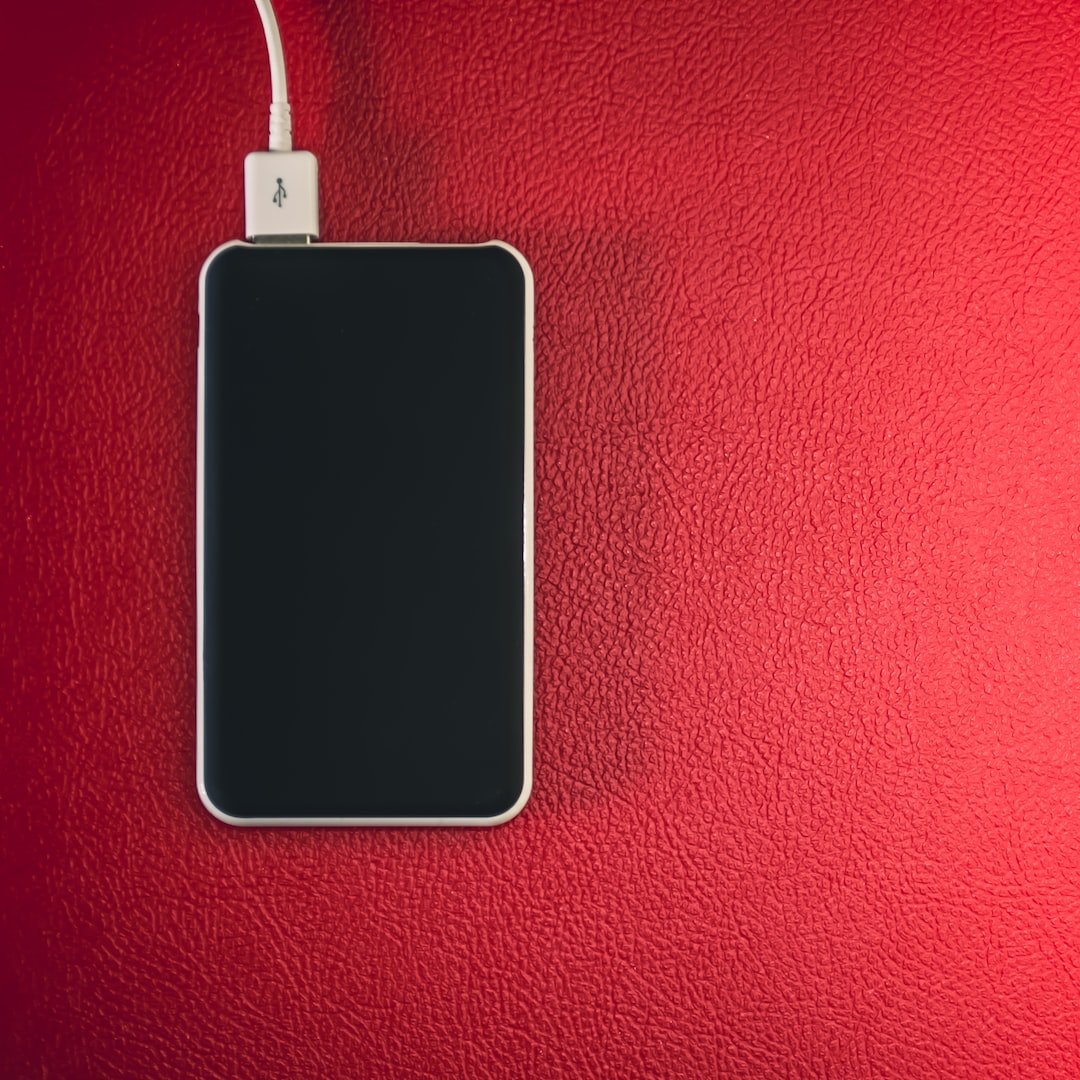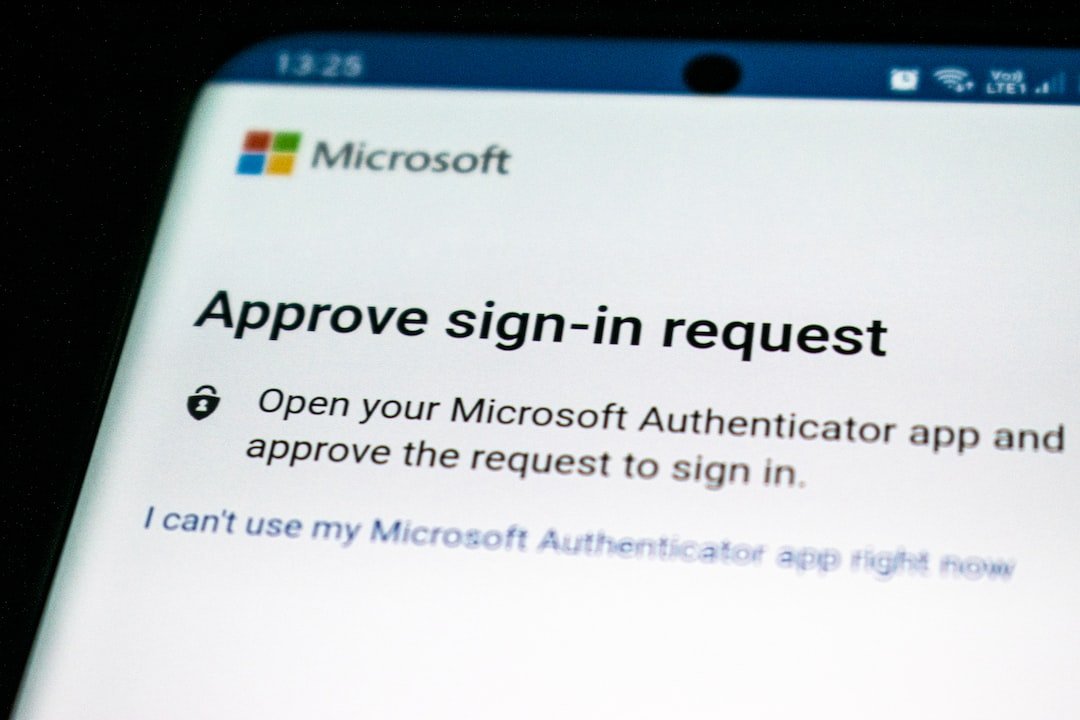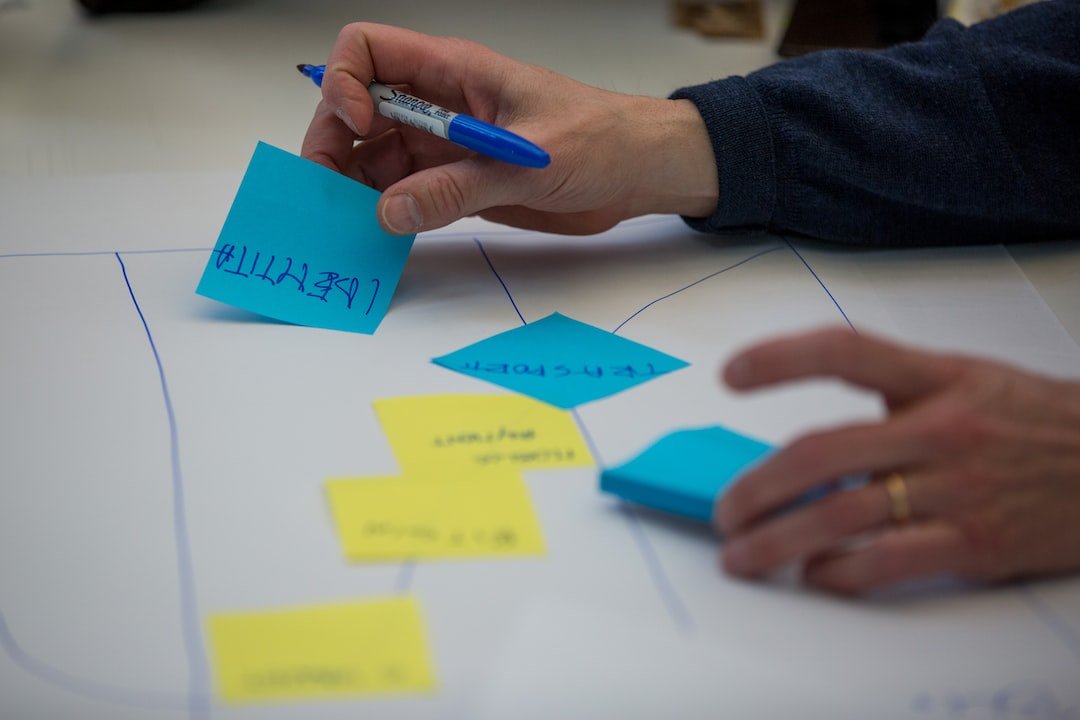Preparing for a Web Design Interview
So, you’ve landed an interview for a web design position. Congratulations! Now comes the important part: preparing for the interview to ensure you put your best foot forward. In this section, we’ll guide you through getting ready for your web design interview, covering common questions, portfolio presentation, and how to showcase your skills effectively.
Familiarize Yourself with Common Questions
One of the best ways to prepare for any interview is by researching and rehearsing potential questions that might be asked. When it comes to web design interviews, there are several common questions that you should be ready to answer. These may include inquiries about your design process, technical skills, experience with specific tools or languages, and your ability to work collaboratively. Take some time to brainstorm possible questions and formulate thoughtful responses that highlight your strengths and experiences.
Showcase Your Skills through Your Portfolio Presentation
Your portfolio is likely to be a crucial part of the interview process. It’s essential to have a visually appealing and well-organized portfolio that showcases your best work. When presenting your portfolio, focus on highlighting projects that demonstrate your range of skills, creativity, problem-solving abilities, and attention to detail. It’s also important to provide context for each project, explaining the challenges you faced and the solutions you implemented. Be prepared to discuss your design choices, any iterative processes you followed, and the impact of your work on the end user.
During the interview, be confident in explaining the rationale behind your designs, while also demonstrating your ability to take feedback and iterate on your work. Remember, your portfolio is not just a collection of pretty pictures; it’s a reflection of your expertise and ability to create functional and visually appealing websites.
Showcasing Your Skills in Action
Beyond your portfolio, the interviewers may want to see your skills in action. They might ask you to complete a design exercise or solve a problem on the spot. These tasks are designed to evaluate your ability to think critically, apply your design knowledge, and communicate your thought process effectively. Brush up on common design principles, familiarize yourself with industry trends, and practice sketching wireframes or mockups to ensure you’re ready for any hands-on challenges.
While showcasing your technical skills is important, don’t forget to emphasize your ability to collaborate and communicate effectively. Web design doesn’t happen in isolation, so highlight instances where you’ve successfully collaborated with other team members or stakeholders to achieve project goals. This will demonstrate your adaptability and ability to work well with others.
In conclusion, preparing for a web design interview involves familiarizing yourself with common questions, presenting a strong portfolio, and showcasing your skills effectively. By taking the time to prepare, rehearse, and refine your approach, you’ll be well-equipped to impress your interviewers and land that coveted web design position. Good luck!
Common Questions You Should Be Ready For
What to Expect: Common Questions You Should Be Ready For
When preparing for a web design interview, it’s crucial to anticipate the questions that may come your way. While every interview is unique, there are some common questions that tend to pop up frequently. Being prepared for these questions will not only boost your confidence but also demonstrate your expertise and suitability for the role.
Showcasing Your Skills: Highlighting Your Experience and Expertise
During a web design interview, you’ll likely be asked to showcase your skills by discussing your previous experience and projects. This is your chance to shine and demonstrate your creativity, technical knowledge, and problem-solving abilities. Make sure to carefully select projects from your portfolio that best highlight your strengths and align with the requirements of the position you’re applying for.
When presenting your work, be prepared to explain your design process, the challenges you encountered, and how you overcame them. Employers are interested in not only the final product but also your ability to think critically and collaborate effectively. Emphasize how you were able to meet client expectations, adhere to deadlines, and deliver successful outcomes.
Answering Tough Questions: Demonstrating Your Problem-Solving Skills
In addition to showcasing your skills and experience, be ready to answer some tough questions that are designed to test your problem-solving abilities. These questions may require you to think on your feet, so it’s important to stay calm and composed throughout the interview.
Some common challenging questions revolve around handling tight deadlines, managing client feedback and revisions, and dealing with conflicting priorities. Prepare examples from your past experiences that demonstrate your ability to handle these situations professionally and efficiently.
Remember, being honest about your limitations is also important. If you don’t have experience in a specific area, be upfront about it, but also express your willingness to learn and adapt.
By familiarizing yourself with common web design interview questions, showcasing your skills and experience effectively, and demonstrating your problem-solving abilities, you’ll be well-prepared to ace your web design interview and impress potential employers.
Crafting an Impressive Portfolio Presentation
Preparing for Your Web Design Interview
So you’ve landed an interview for a web design position. Congratulations! Now it’s time to prepare yourself so that you can make a lasting impression on the interviewer. In addition to being ready for common questions and showcasing your skills, presenting an impressive portfolio is crucial to demonstrating your expertise and creativity in web design.
Highlighting Your Best Work
When it comes to portfolio presentation, it’s all about showcasing your best work. Remember, quality over quantity is key here. Select a handful of projects that best represent your skills and expertise. These projects should demonstrate your ability to solve problems, think critically, and create visually appealing designs.
Start by organizing your portfolio in a clean and intuitive manner. Consider creating separate sections for different types of projects, such as website designs, mobile apps, or branding. This will help the interviewer easily navigate through your work and get a clear sense of your abilities in different areas.
Telling the Story Behind Each Project
Once you’ve organized your portfolio, it’s important to provide context for each project. Instead of simply displaying the final product, take the opportunity to explain your design process and the challenges you faced along the way. This will not only showcase your problem-solving skills but also give the interviewer insight into your creative thinking.
For each project, include a brief description outlining the goals, target audience, and any specific requirements or constraints you had to consider. Don’t be afraid to include visual aids, such as wireframes, sketches, or mood boards, to give the interviewer a deeper understanding of your design approach.
During the interview, be prepared to talk about each project in more detail. Discuss the decisions you made, the rationale behind them, and the impact they had on the overall success of the project. This will demonstrate your ability to articulate your design choices and communicate effectively.
Remember, your portfolio is a reflection of your skills and creativity as a web designer. Put in the time and effort to curate and present your work in the best possible way. By highlighting your best projects and telling the story behind each one, you’ll stand out from the competition and leave a lasting impression on the interviewer. Good luck!
Showcasing Your Web Design Skills
Preparing for a Web Design Interview
When it comes to acing a web design interview, preparation is key. Familiarize yourself with common questions that may be asked during the interview process. Questions often cover topics such as your background, experience, technical skills, design process, and problem-solving abilities. Take the time to reflect on your own experiences and consider how you can best articulate your skills and knowledge in response to these questions.
Portfolio Presentation
Your portfolio is an essential tool for showcasing your web design skills to potential employers. Pay careful attention to curating a selection of your best work that demonstrates your versatility and proficiency in different areas of web design. Organize your portfolio in a visually appealing and user-friendly manner, ensuring that each project is presented with clear explanations of your role, challenges faced, and the solutions you implemented.
During the interview, be prepared to discuss the projects showcased in your portfolio in depth. Provide insights into your design process, including research, ideation, wireframing, prototyping, and the final execution. Highlight any unique aspects or innovative solutions you employed in each project. Remember, it’s not just about the final product but also demonstrating your ability to think critically and problem-solve throughout the design process.
Showcasing Your Skills
Aside from your portfolio, there are various ways you can showcase your web design skills during an interview. Consider creating a personal website or online presence that demonstrates your technical abilities and creativity. This could include designing and developing your own website, creating interactive elements, or even designing a unique logo or branding for yourself. Such initiatives can help differentiate you from other candidates and provide tangible evidence of your skills beyond what is shown in your portfolio.
Additionally, it may be beneficial to prepare some tangible examples or samples to bring to the interview. These could include wireframes, mockups, or prototypes that illustrate your design process and problem-solving approach. Offering visual representations of your work can enhance your ability to communicate your ideas and showcase your design thinking.
Remember, when showcasing your skills, it’s important to strike a balance between humility and confidence. Demonstrate your expertise, but also remain open to feedback and willing to learn from others. Employers value candidates who can effectively collaborate with others and adapt to different situations.
By carefully preparing for your web design interview, curating a stellar portfolio, and finding creative ways to showcase your skills, you’ll be well on your way to impressing potential employers and landing your dream job in the field of web design.
Striking the Perfect Balance: Conversational Tone with Professionalism
The Importance of Striking the Perfect Balance
When preparing for a web design interview, one crucial element to keep in mind is striking the perfect balance between a conversational tone and professionalism. While it’s important to come across as personable and engaging, it’s equally essential to maintain the level of professionalism expected in such settings. In this section, we will explore how you can achieve this delicate balance to leave a lasting impression on your potential employers.
Creating a Conversational Tone
No one wants to read a dry, robotic piece of content, especially when it comes to discussing something as creative and dynamic as web design. To make your interview preparation material more relatable and enjoyable, adopt a conversational rhythm and tone while delivering the necessary information. Imagine that you are having a friendly chat with a colleague or mentor, and let that guide your writing style.
Avoid using clichés and cheesy expressions that can undermine the credibility of your content. Instead, focus on presenting the information in a realistic and human manner. Use words that you would use in a regular conversation, without losing sight of the professional context. This approach will help make your content more accessible, relatable, and memorable.
Maintaining Professionalism
While adopting a conversational tone, it’s crucial to remember that professionalism should never be compromised. Even though you want to establish a friendly rapport with your readers, you must also convey your expertise, knowledge, and dedication to the field. Avoid using informal language or slang that might give the wrong impression to your potential employers.
To maintain professionalism, ensure that your content is well-researched, accurate, and presented in a clear and organized manner. Use proper grammar, correct spelling, and appropriate vocabulary to convey your ideas effectively. By establishing a professional tone throughout your interview preparation material, you will demonstrate your commitment to the field and show that you take the interview process seriously.
Striking the perfect balance between a conversational tone and professionalism in your interview preparation material will not only optimize your content for SEO but also engage and resonate authentically with your intended audience. By being personable and engaging while maintaining a professional demeanor, you will leave a positive and lasting impression on potential employers during your web design interview.






Leave a Reply